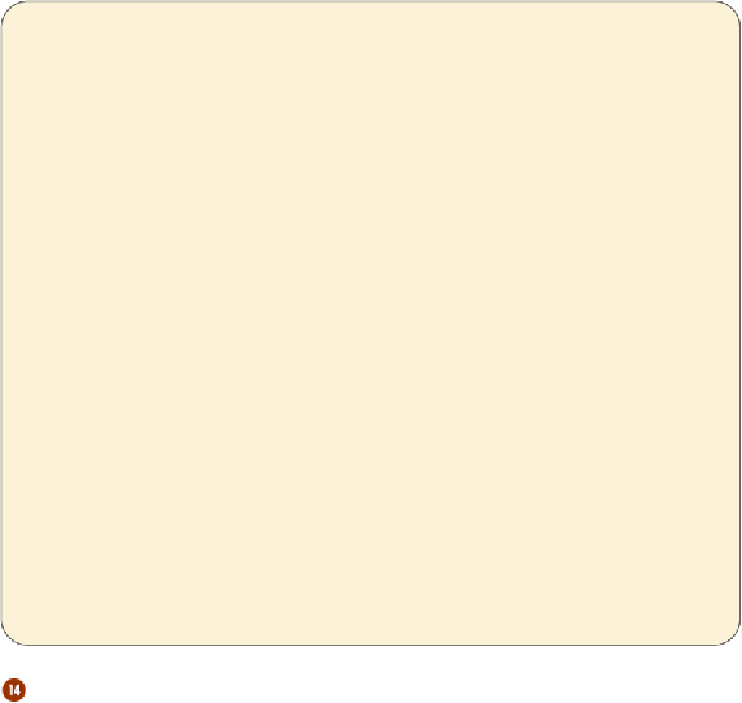Travel Reference
In-Depth Information
The British in India
December 31, 1600
—The British East India Company—a multinational trading
company owned by stockholders—is founded with a charter from Queen Elizabeth
I. They're given a virtual monopoly on trade with India.
1600s
—The British trade peacefully with Indian locals on the coast, competing with
France, Holland, and Portugal for access to spices, cotton, tea, indigo, and jute (for
rope-making).
1700s
—As the Mughal (Islamic) Empire breaks down, Britain and France vie for
trade ports and inland territory. By the 1750s, Britain is winning. Britain establishes
itself in Bombay, Madras, and Calcutta. First they rule through puppet Mughal lead-
ers, then dump local leaders altogether.
1800s
—By midcentury, two-thirds of the subcontinent is under British rule, export-
ing opium and tea (transplanted from its native China) and importing British-made
cloth. Britain tries to reform Indian social customs (such as outlawing widow sui-
cides) with little long-lasting effect. They build railways, roads, and irrigation sys-
tems.
1857-1858
—The “Indian Mutiny”—sparked by high taxes, British monopoly of
trade, and a chafing against foreign rule—is the first of many uprisings that slowly
erode British rule.
1900s
—Two world wars drain and distract Britain while Indians lobby for self-rule.
August 15, 1947
—After a decade of peaceful protests led by Mahatma Gandhi, In-
dia gains its independence.
Tippoo's Tiger (1790s)
This life-size robotic toy, once owned by an oppressed Indian sultan (see Tipu's portrait
and belongings nearby), is perhaps better called “India's revenge.” The Bengal tiger has a
British redcoat down, sinking its teeth into his neck. When you turned the crank, the Brit's
left arm would flail, and both he and the tiger would roar through organ pipes. (The mech-
anism still works.)



